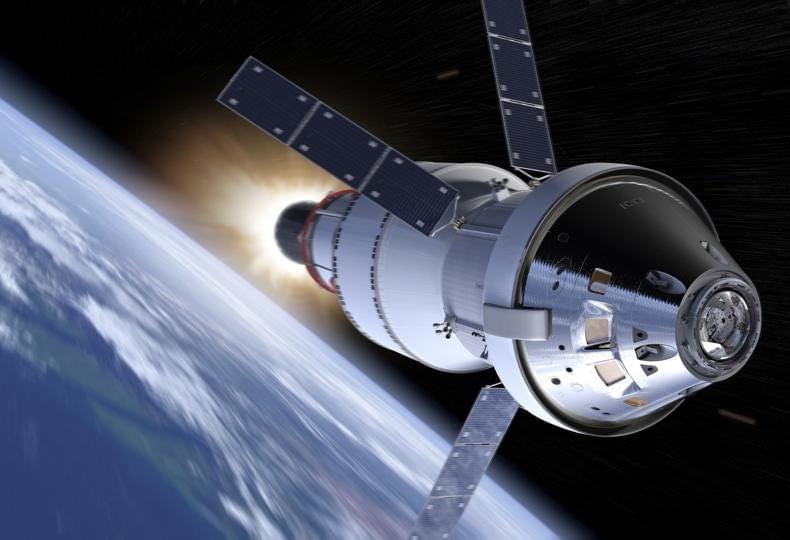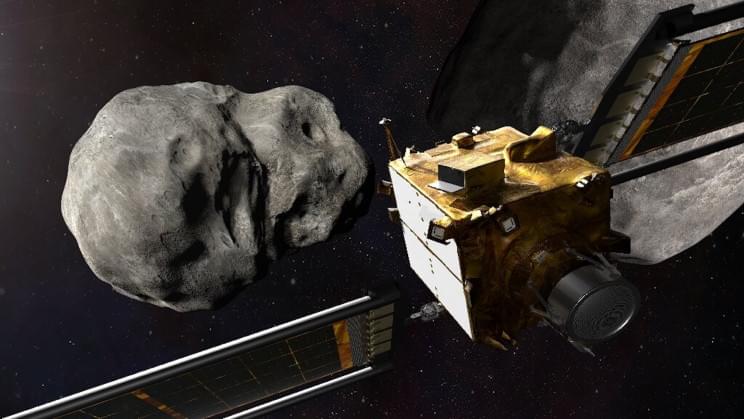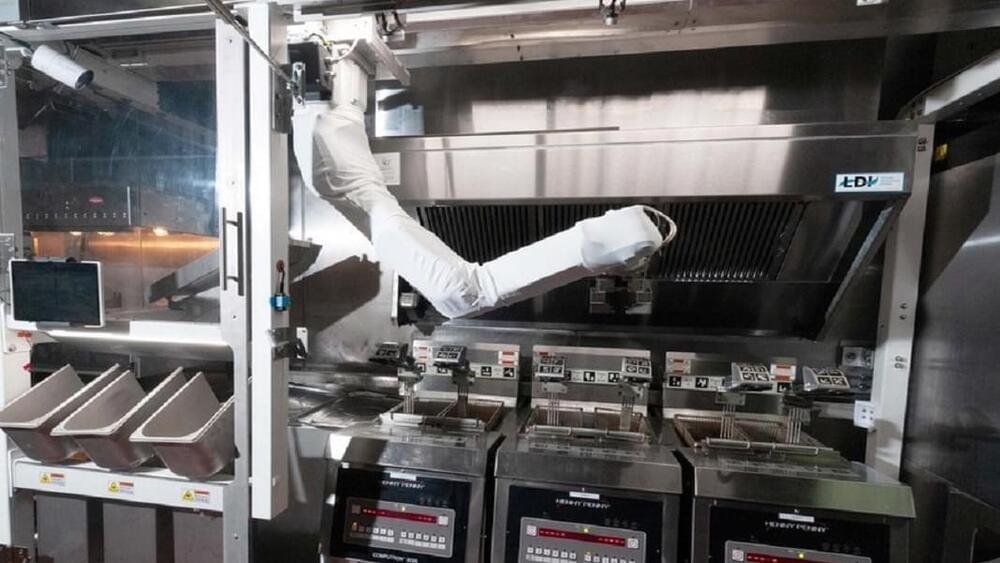The issue facing the world today is not simply “THE supply chain,” the issue is that nearly every single link in the supply chain is compromised. Human talent is less available and manufacturers fear this will become a permanent reality, even after the pandemic. Extreme weather events occur every month and the ongoing pandemic is also causing shortages of direct and indirect materials. In turn, shipping costs have risen sharply. The status of sheet metal, computer chips and all food ingredients are up in the air. Constraints on the supply of raw materials, including those needed for semiconductors, PPE and various plastics, have led to factory shutdowns. A chronic lack of truck drivers has every neighborhood filled empty store shelves staring back at its citizens. And, to no surprise, Inflation was just reported at 5.4%, which is a 13 year high.
Now consider that only 4% of supply chain leaders believe their operations are future ready. We are at the precipice of either complete disaster, or a brave new world.







